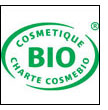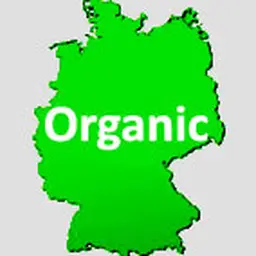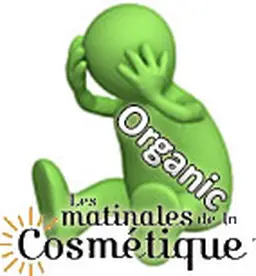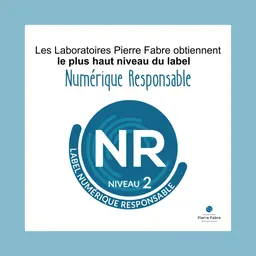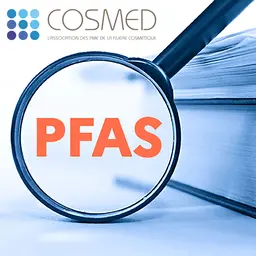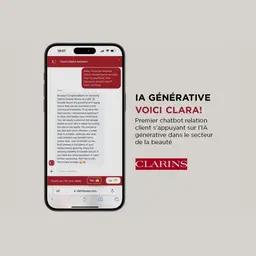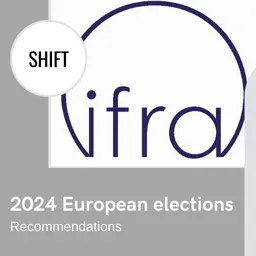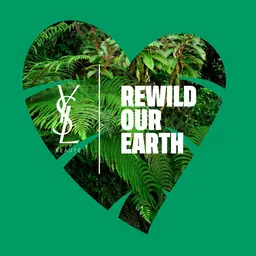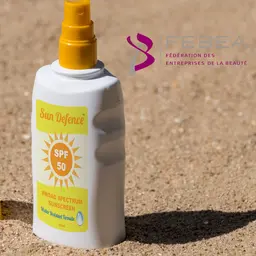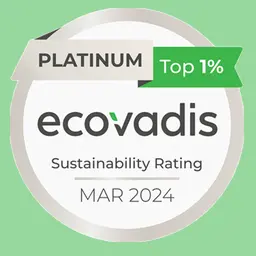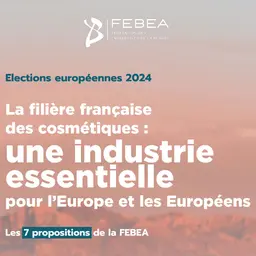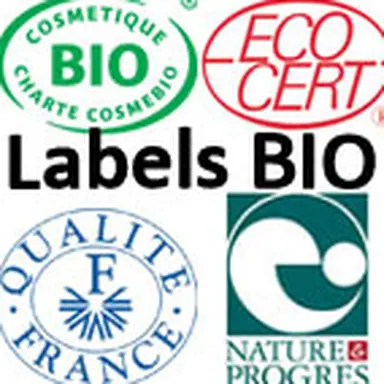
The Cosmebio, Ecocert, Nature & Progrès and Qualité-France organic (“bio”) labels are displayed, sometimes several of them at the same time on the French cosmetics packaging. What is the legal entity behind each of them? What are the fees for the manufacturers? What are the revenues of these entities? Labelled, certified or “under mention” product: what are the differences, for the consumer? Underneath, you may find four presentation sheets.
Before the game changes, thanks to the arrival, now set for January 1, 2015, of the new European Cosmos-standard reference frame (it comes in two levels, “Natural” and “Organic”, and may be certified by Ecocert, ICEA, IONC, Soil and Bureau Veritas, and has, for now, approved only 481 raw materials), a cosmetic displaying a French organic label is:
1/
Either a product labelled as Cosmebio and certified (Ecocert Greenlife or Qualité-France logo),
2/
Or a product certified by a certifying body (Ecocert Greenlife or Qualité-France logo),
3/
Or a product under mention Nature & Progrès.
Add the German NaTrue label, first for the European market, and now, for the world market, present on products available in France. Or the other European national logos (Soil, in UK; ICEA, in Italy; BDIH, still present on some packaging in Germany …).
This amounts to saying that the French consumer or the organic-uninformed professional may sometimes be somewhat confused …
Cosmébio, the French certified organic label
An association as per the so-called French Law 1901, established 2002, Cosmébio, the French professional association for environment-friendly and organic cosmetics, requires that a cosmetic product, in order to be labelled, meets the criteria and values defined in …

